Anti-Aging Medicine
- By Healthy Living Liberty Lake
- •
- 29 Aug, 2017
- •
How does anti-aging medicine differ from traditional western medicine?

I am frequently asked: what is anti-aging and regenerative medicine? It’s a big name, but what does this branch of medicine do that traditional western medicine does not?
Well, there are so many things. Here is just a sample of what this type of medicine teaches that most doctors know nothing about:
Cancer test – for the first time ever in human history, there is now a blood test that can identify 26 different types of cancer. The test is 99% accurate, more than any other medical test, and, for example, can detect breast cancer long before it would every show up on a mammogram. For more information, go to OncoBlotLab.com.
Boston Heart Lab – run by a lab out of Boston, this this test is the most sensitive and accurate at detecting risk of heart disease, stroke, and diabetes. It is completely covered by insurance, with the vast majority of people having to pay nothing for a wealth of information.
Bio-identical hormones – they don’t teach this in medical school, at all. Bio-identical hormones for both men and women are far safer than pharmaceutical hormones, such as premarin and androgen, and help to slow the aging process and regain vitality. Most doctors know nothing about adrenal fatigue or using T3 in thyroid medications, instead of just synthetic T4.
Brain scans – also covered by Medicare and other insurances, a brain scan, or qEEG, is done at the office and tells you how your brain is functioning in every lobe of the brain. It can help to differentiate memory complaints as being dementia, or simply a brain that is getting older, and helps us to know how to individually optimize brain function.
Neurofeedback – training your brain waves to optimize brain function. We can take abnormal brain waves and normalize them, which can resolve symptoms such as anxiety, memory slowing, insomnia, PTSD, and ADHD. It is used extensively in the military for PTSD and is much more effective than drugs and counseling. We do this at the office, and it generally takes 20 treatments.
Food allergies and sensitivities – western medicine is just now admitting that there may be something to this gluten sensitivity, not a true celiac or allergy, but causing symptoms just the same. The most common food sensitivities are to wheat, dairy, eggs, and soy. This type of testing can only be done by specialized labs throughout the country, not the local labs.
Supplements – medical school teaches nothing about vitamins or nutrition, yet proper diet and supplementation is one of the most important things we can do for ourselves to maintain health as we age. Most vitamins are derived from the petroleum industry and are poorly absorbed.
Genetic testing – MTHFR, or methylation defects, are easily tested with a cheek swab. Defects in methylation don’t allow you to absorb your B vitamins, and your B vitamins should be methylated - methyl folate and methyl B12. If your second toe is longer than your big toe, then you have defects in methylation.
Energy medicine – this profoundly affects our health in ways most of us know nothing about. Read The Emotion Code by Dr. Bradley Nelson to know more.
Telomeres – the caps at the end of our DNA strands and keep them from unraveling. We can measure telomere length and predict your longevity. There are specific natural supplements that increase telomere length – check out TA-65.
This is only a fraction of the way anti-aging and regenerative medicine differs from traditional western medicine. Also look at WorldHealth.net for more information!
By Dr. Susan Ashley, M.D.

By Dr. Susan Ashley, MD

By Dr. Susan Ashley, MD
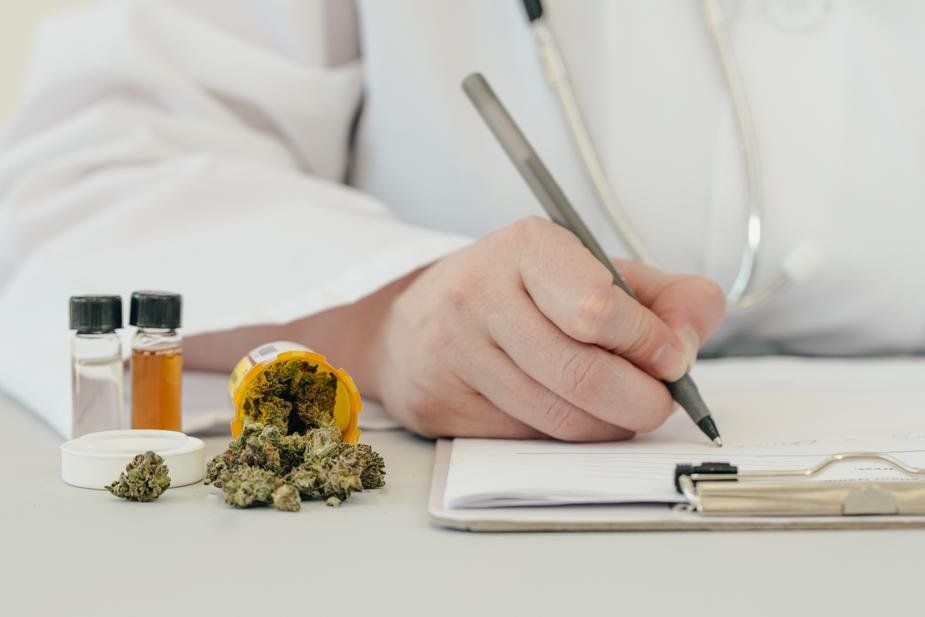
Opiates taken long term also leads to a reduced pain threshold, meaning a person on them will feel pain at a much earlier level than someone else.
There's a lot of interest now in using cannabis to reduce chronic pain, and studies have shown they can be quite effective for neuropathy, migraines, spasticity and joint pain.
However, it doesn't always work, and now a new study shows why.
Then at the end of the 4 years, the people who used cannabis for pain had greater pain severity scores They also found that the meds and other remedies taken for pain were less likely to be effective. In addition, they had greater generalized anxiety disorder severity scores. The bottom line-- the cannabis users were not able to decrease the use of narcotics. Why?
Because of the well known fact that chronic narcotic use decreases pain threshold. In fact in some people the threshold becomes so low that even minor pains can seem intolerable. In essence, the narcotics cancel the pain relieving effects of the cannabis.
Chronic opiates should be avoided as much as possible in chronic pain. Tolerance develops quickly, addiction can occur, and pain threshold is lowered. If you have chronic pain, use other modalities first to try to alleviate the pain. This includes cannabis, acupuncture, anti-inflammatory drugs, weight loss, energy medicine, and stem cells. We have used IV stem cells for reduction of neuropathy pain with good effects.
By Dr. Susan Ashley, MD
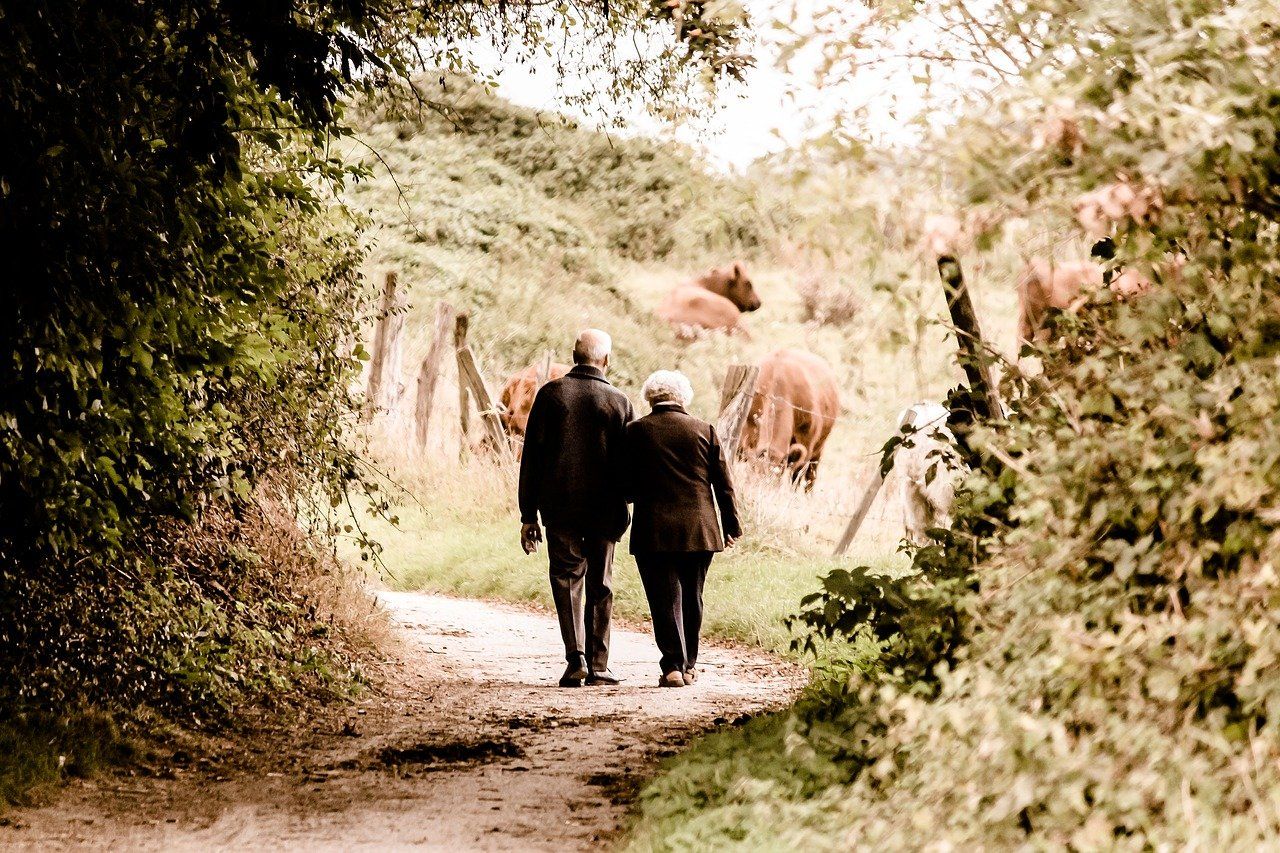
Not only that, but those who walked at a fast pace reduced their risk of death even further, by 24 percent.
All it took was putting one foot in front of the other a little more quickly!
And when the researchers zeroed in on cardiovascular disease deaths among participants over age 60, the results were even more striking.
Compared to the slowest walkers, average-paced walkers slashed their risk of dying from cardiovascular disease by 46 percent -- and the fast-paced walkers slashed it by a whopping 53 percent.
Now, the study didn't determine exactly how walking at a faster pace can add years to your life. And how fast do you have to walk just to hit the "average" mark? How brisk is brisk?
In the study, a "fast" pace was defined as one that makes you slightly out of breath or sweaty when sustained. That could vary depending on how much you weigh, how much sleep you got, how much you ate earlier in the day, etc. So there was no exact speed such as 3 mph or 4 mph.
By Dr. Susan Ashley, MD
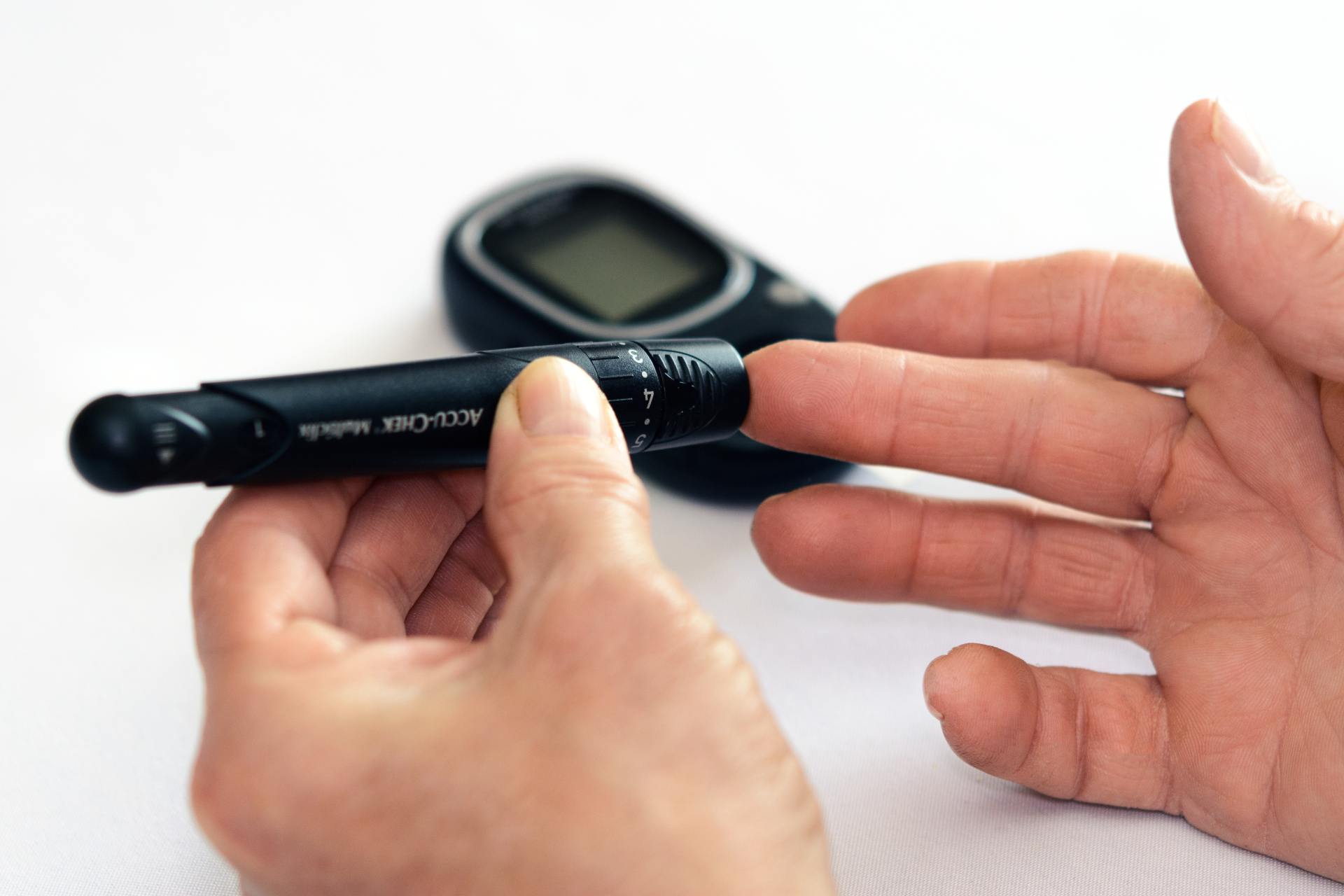
By Dr. Susan Ashley, MD
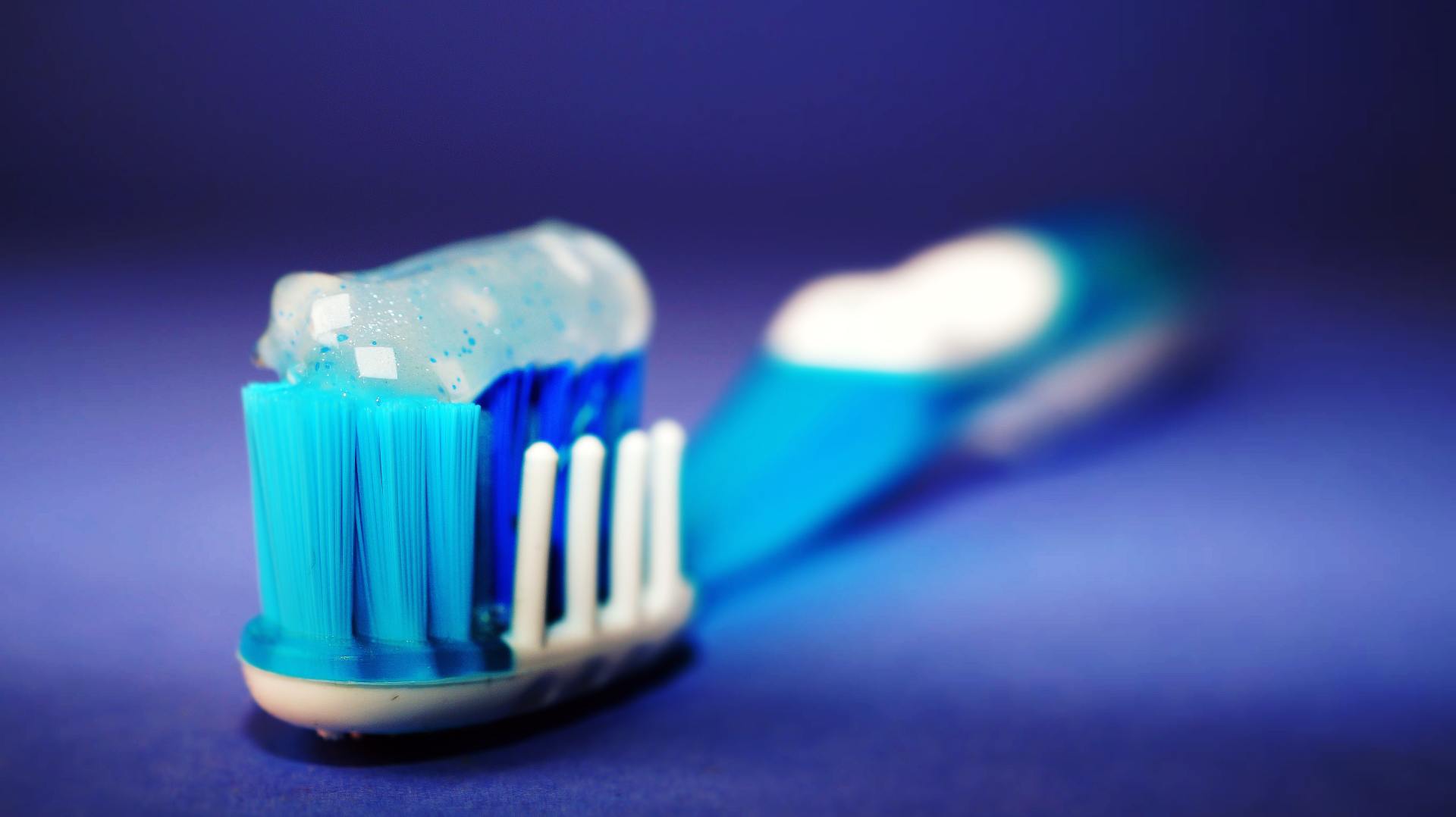
Side effects of triclosan include:
- About 1/2 cup coconut oil
- 2-3 Tablespoons of baking soda
- 2 small packets of stevia powder
- 15-20 drops of peppermint or cinnamon essential oil
- 10 drops myrrh extract (optional)
Natural Toothpaste Instructions
- Melt or slightly soften coconut oil.
- Mix in other ingredients and stir well. If using semi-hard coconut oil, use a fork, if not, use a spoon. If you are using completely melted coconut oil, you will need to stir several times while the mixture cools to keep the baking soda incorporated.
- Put mixture into small glass jar (I make different ones for each family member)
- Let cool completely.
- To use: dip toothbrush in and scrape small amount onto bristles. Could also use a small spoon to put on toothbrush.
By Dr. Susan Ashley, MD

By Dr. Susan Ashley, MD

By Dr. Susan Ashley, MD
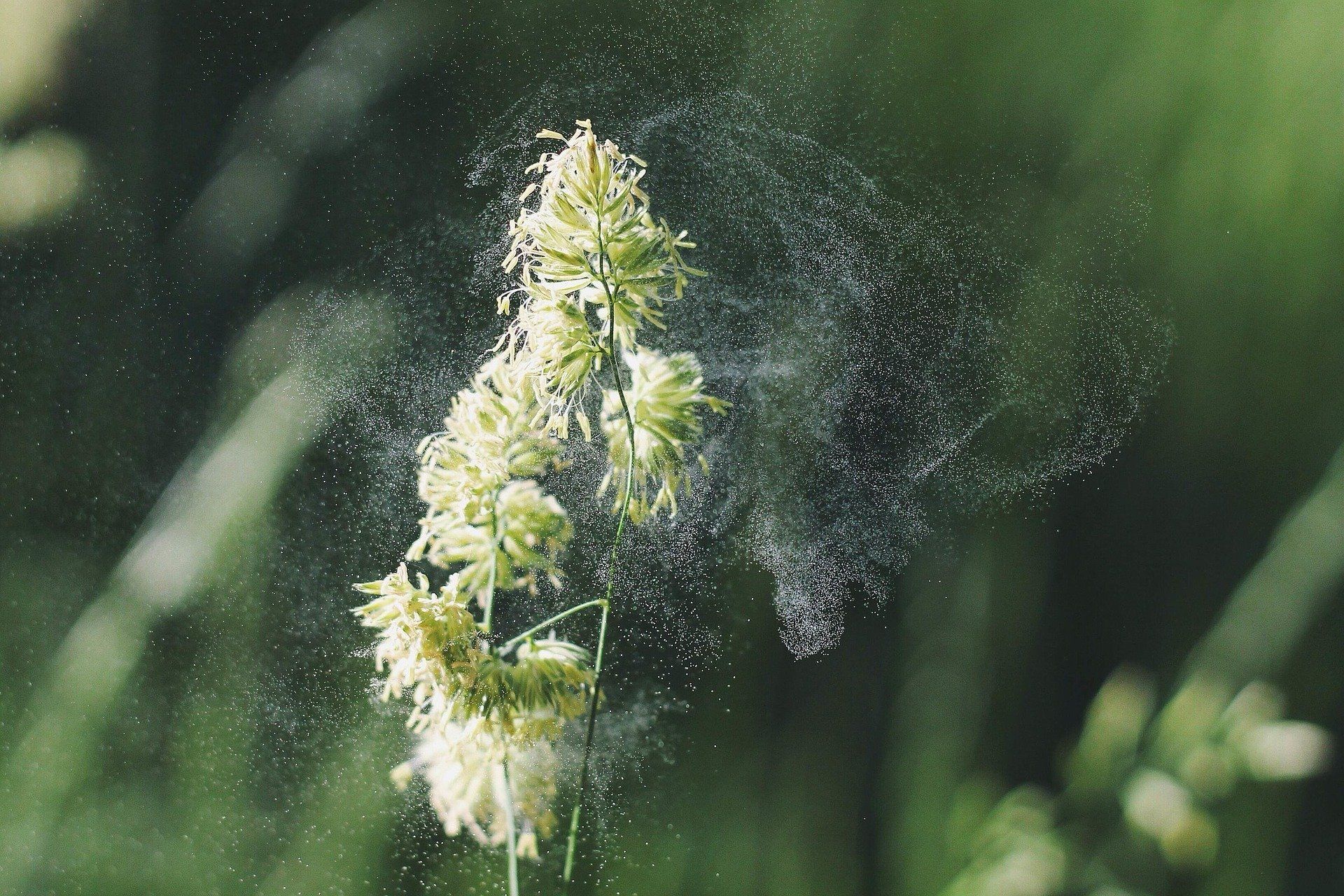
By Dr. Susan Ashley, MD
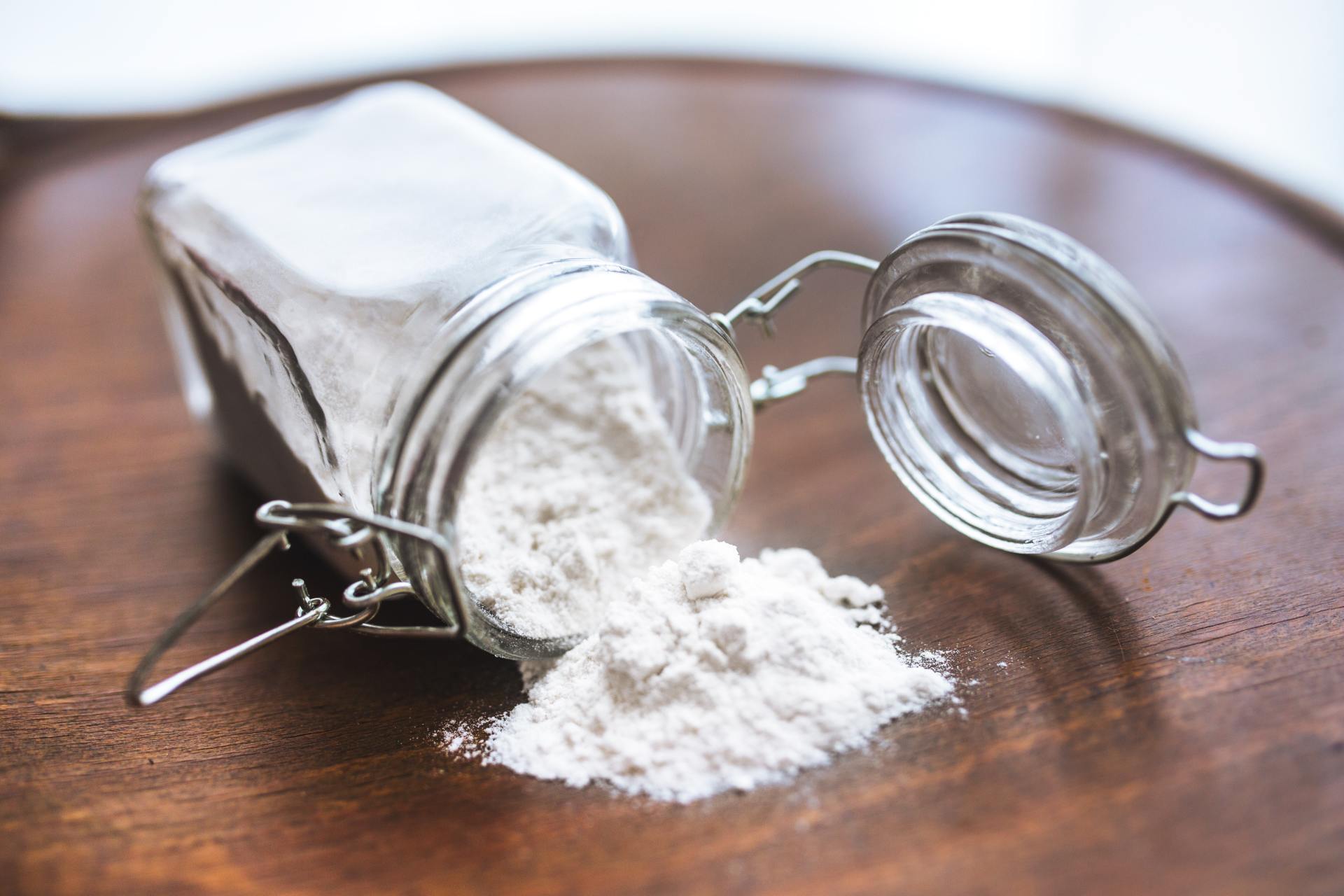
By Dr. Susan Ashley, MD
